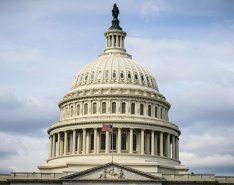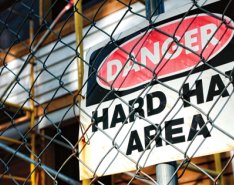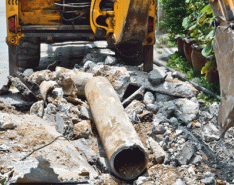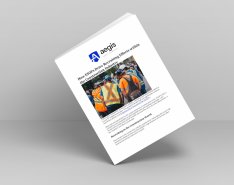How regular communication between these two disciplines can impact jobsite safety and risk outcomes
Insurance
A robust QA/QC program, thorough documentation and quick reporting can protect your firm and help you maintain a solid reputation.
Conduct inspections, implement technology and engage professionals in order to avoid unnecessary costs.
Insurance policies protect your firm against shortfalls in promised energy savings.
Know how to manage environmental risks in health care construction.
Reduce your exposure to these costly claims.
Small business owners must understand the nuances of The Affordable Care Act to mitigate risk and retain valuable employees.
Understand common misconceptions about subcontractor default insurance to determine when it is the right risk management tool for you.
Use these strategies to navigate today’s transitional market.
Understand the macro factors affecting rates and underwriting attitudes.
Know the benefits and pitfalls of an owners and contractors protective liability policy.
Precision forecasting and location-specific weather alerts help you manage dangerous jobsite conditions.
Use these guidelines for identifying exposures and managing a pollution claim.
Though wrap-up programs have advantages, problems can arise
with construction defect claims.
Understand the nuances of contract negotiation to minimize contractual risk.
This nightmare scenario reveals how pollution problems can quickly derail a project.
A structured approach to post-disaster recovery is vital to mitigating losses.
Put everything in writing to ensure fair compensation for your work.
The prevalent practice of withholding retainage can create issues for GCs and subs alike.
Use the prequalification process to improve your chances of avoiding subcontractor default.
Devise an effective plan and execution strategy to minimize downtime.















